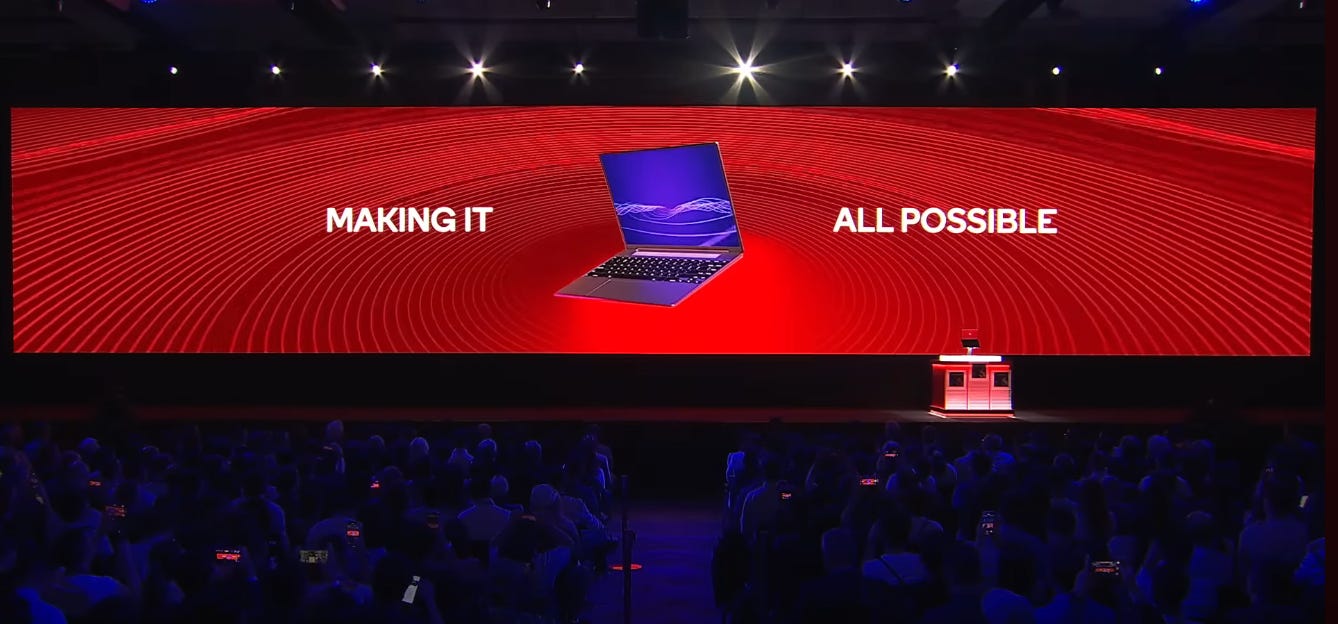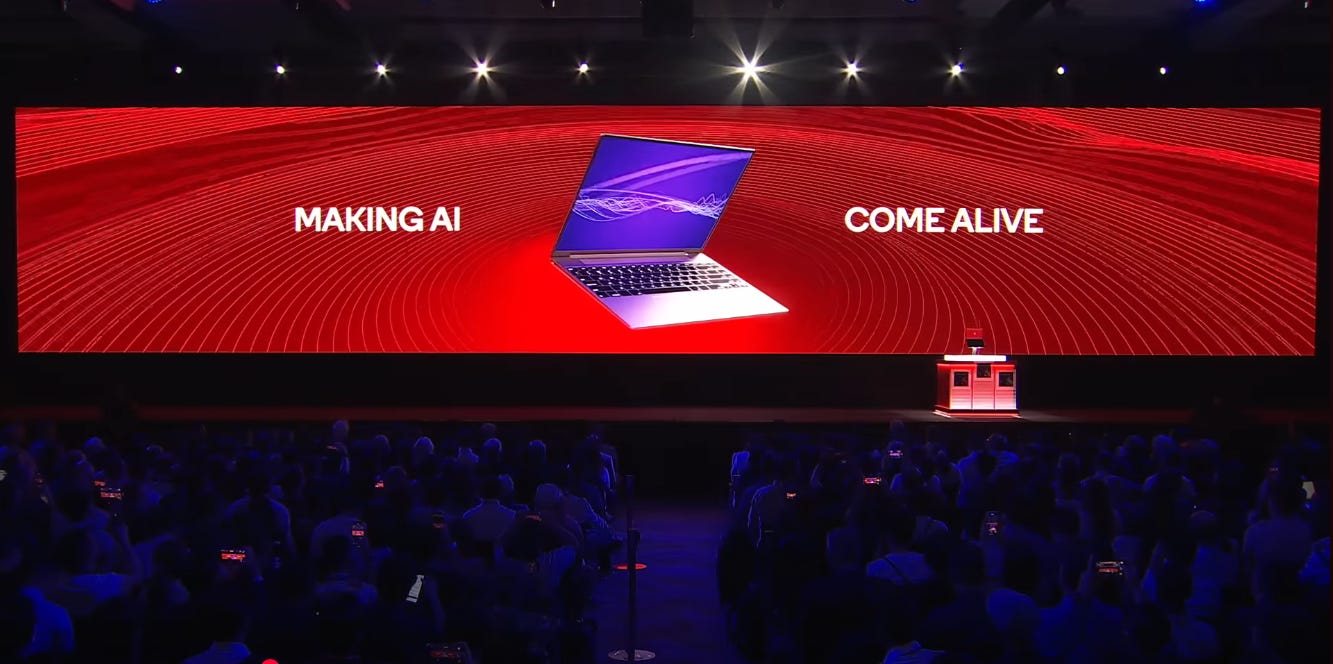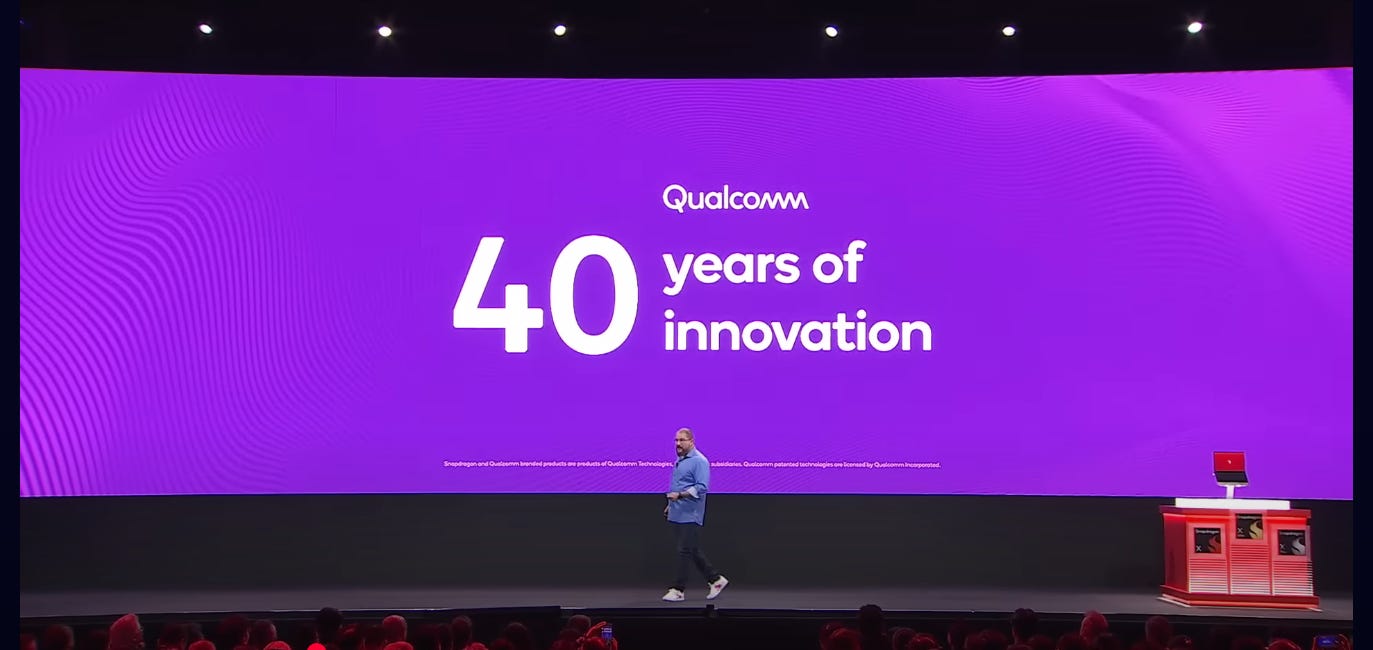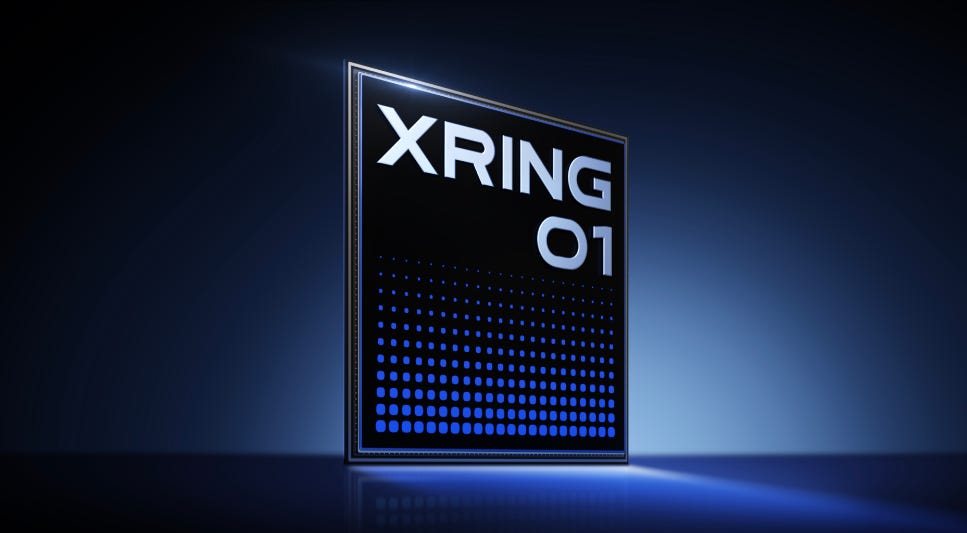Beyond Computex: Qualcomm’s Expanding Role in AI, Edge, and Data Center Ecosystems
Original Article By SemiVision Research (Qualcomm , MTK , Apple ,Xiaomi ,Huawei , Nvidia)
At Computex 2025, Qualcomm showcased how its latest generation of products are enabling Edge AI applications, while also revealing its strategic move into the data center market—highlighted by its vision to deliver “CPU + AI: Building the Core of the Next-Gen Data Center Platform.”
This article will go beyond just reviewing Qualcomm’s Computex announcements. It will explore several broader questions surrounding Qualcomm’s roadmap and industry positioning.
We begin with an overview of Qualcomm’s AI development journey, focusing on how its Hexagon NPU (Neural Processing Unit) has evolved to support high-performance, low-power AI inference at the edge.
We’ll then turn to Xiaomi’s latest breakthrough—the launch of its first in-house flagship chip, Xring O1—and examine the dynamics of Qualcomm and Xiaomi’s strategic co-opetition, where both collaboration and competition coexist.
In addition, we’ll compare the current status of chip development across five major players: Qualcomm, MediaTek, Huawei, Apple, and Xiaomi—highlighting their progress in process nodes, chip portfolios, and market focus.
Finally, we’ll analyze Qualcomm’s forward-looking strategy for AI data centers and its motivation behind joining NVIDIA’s NVLink Fusion initiative, including the technological and ecosystem implications of this move.
SemiVision believes that over the past decade, both Qualcomm and Xiaomi have ventured—sometimes boldly, sometimes cautiously—into the path of chip self-design and platform integration. Now, both companies stand once again at a pivotal turning point in their strategic evolution.
Qualcomm and Xiaomi Expand Collaboration with Multi-Year Agreement
Qualcomm, for instance, made an early attempt to enter the data center market around 2014, forming a dedicated server CPU design team and launching its ARM-based Centriq processor lineup, aiming to challenge Intel’s dominance. However, due to market immaturity, internal resource shifts, and strategic recalibrations, the project was eventually sold in 2018 to Chinese venture HXT (Huaxintong Semiconductor). This episode reminds us that Qualcomm never truly abandoned its data center ambitions—it was merely waiting for the right conditions to re-emerge. Now, with official access to NVIDIA’s NVLink Fusion technology, Qualcomm is rebuilding its platform capabilities, integrating CPUs and AI accelerators to re-enter the AI-centric data center market with renewed force and vision.
Meanwhile, Xiaomi is undergoing a profound transformation—from a consumer electronics assembler to a “hardcore tech company.” Originally known for its MIUI operating system and fan-driven community ecosystem, Xiaomi began with software, gradually mastering hardware integration. Today, with its smartphone leadership, software maturity, and robust IoT ecosystem in place, CEO Lei Jun is steering the company toward the foundational capabilities of custom chip design and system-level architecture. The launch of the Xring O1 chip represents a milestone in this journey—not merely a smartphone processor, but the cornerstone of an expanding design philosophy that spans tablets, notebooks, smartwatches, connected home appliances, and even electric vehicles (EVs).
Much like Apple’s long-rumored Apple Car, Xiaomi has already released its SU7 electric vehicle, signaling its readiness to bring custom silicon into intelligent cockpits, driver-assistance systems, and smart home integration. As Lei Jun declared “Developing proprietary chips is a critical step in Xiaomi’s transformation into a hardcore tech company.” That statement carries implications far beyond phones. His true ambition is to build a comprehensive computational platform and ecosystem powered by Xiaomi-designed chips.
In upcoming articles, SemiVision will delve into the following topics:
Qualcomm’s renewed entry into the data center market and its strategic integration of NVLink Fusion
How Xiaomi plans to scale the Xring O1 across mid-range phones, IoT devices, and EV applications
The advantages of Qualcomm’s Hexagon NPU and HyperAI in localized AI inference and real-world deployment
A comparative analysis of the current chip design trajectories of Qualcomm, MediaTek, Apple, Huawei, and Xiaomi
Xiaomi’s ambitions to lead a vertically integrated ecosystem that spans people, vehicles, and homes
This is no longer just a battle over silicon—it is a war over platform dominance. Through the lens of chip architecture, manufacturing, application, and ecosystem orchestration, we will explore this new era of compute-driven competition.














